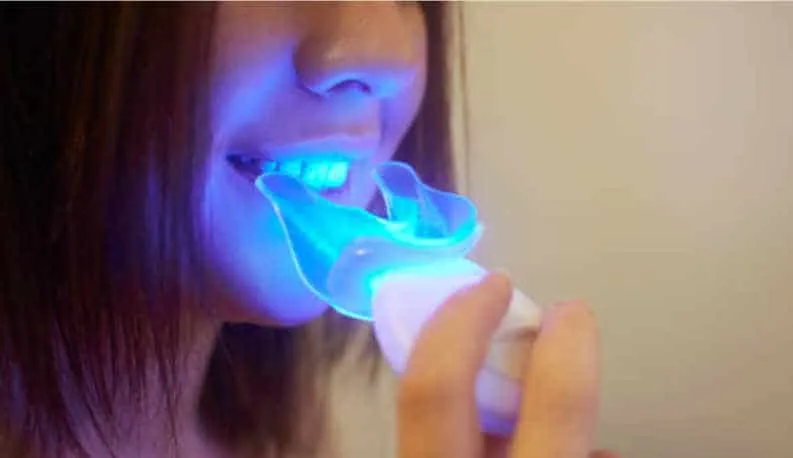What is Teeth Whitening Light
Teeth whitening light is a technology used in professional and at-home teeth whitening treatments to accelerate and enhance the whitening process. It involves using a specific type of light, often LED, laser, or UV, to activate the whitening agent applied to the teeth. This light helps break down the stains and discoloration on the enamel, leading to a brighter and whiter smile. The use of light in teeth whitening has become increasingly popular due to its ability to provide faster and more effective results compared to traditional methods. This treatment is performed in dental clinics, and some at-home kits also incorporate light technology.
How Does Light Work in Teeth Whitening
The primary function of the light in teeth whitening is to catalyze the whitening process. The whitening agents, typically containing hydrogen peroxide or carbamide peroxide, are activated by the light. When the light is directed at the teeth, it reacts with these agents, causing them to break down into smaller molecules. These molecules penetrate the enamel and dentin, breaking down the stains and discoloration that have accumulated over time. This process releases oxygen radicals, which oxidize the stain molecules, making them less visible and resulting in a whiter appearance. The specific type of light and its intensity vary depending on the treatment, but the fundamental principle remains the same accelerating the whitening process.
Accelerating the Whitening Process
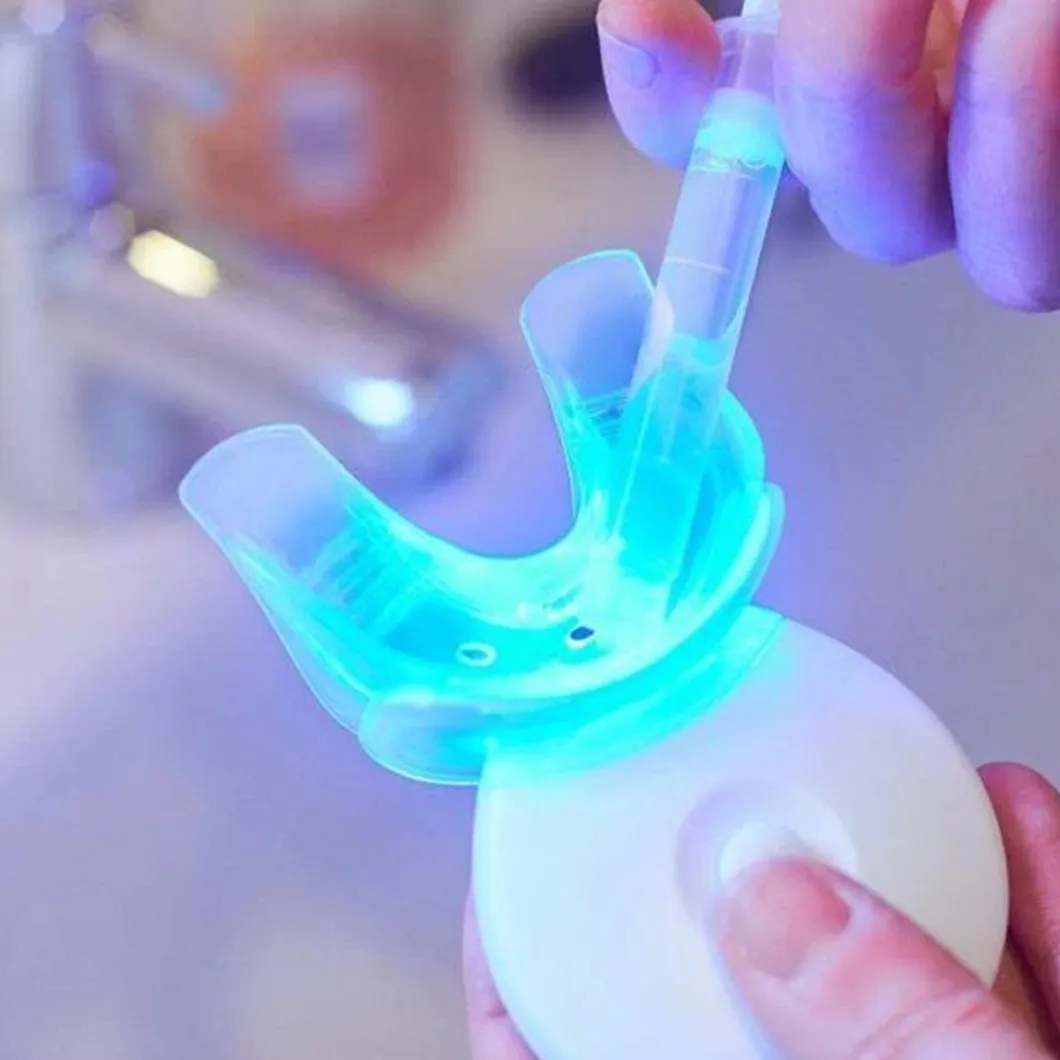
One of the key benefits of using light is its ability to significantly speed up the whitening process. Traditional whitening methods can take several weeks to achieve noticeable results, but light-activated treatments can deliver results in a single session or a few short treatments. The light energy accelerates the chemical reactions of the whitening agents, allowing them to work more efficiently. This means patients can achieve a brighter smile much faster compared to using whitening products without light. The accelerated process is particularly appealing for those who want immediate or quick results for special occasions.
Enhancing Stain Removal
Light technology also enhances the ability of the whitening agents to remove stubborn stains. The light helps to break down the complex stain molecules more effectively, allowing them to be removed from the teeth. This is especially beneficial for stains caused by coffee, tea, wine, and tobacco, which can be difficult to eliminate with regular whitening methods. By enhancing stain removal, teeth whitening light ensures a more thorough and uniform whitening effect, leading to a brighter and more consistent overall appearance. The advanced stain removal is a significant advantage for individuals with heavily stained teeth.
Boosting Whitening Agent Effectiveness
The light increases the effectiveness of the whitening agents, enabling them to penetrate deeper into the enamel and dentin. This deeper penetration allows the agents to target and eliminate stains that lie beneath the surface, resulting in a more comprehensive whitening effect. The boosted effectiveness means that lower concentrations of whitening agents may be required to achieve the desired results, potentially reducing the risk of sensitivity. The combined effect of the light and whitening agents ensures a more thorough and efficient treatment, leading to a more radiant smile.
Top 5 Benefits of Teeth Whitening Light
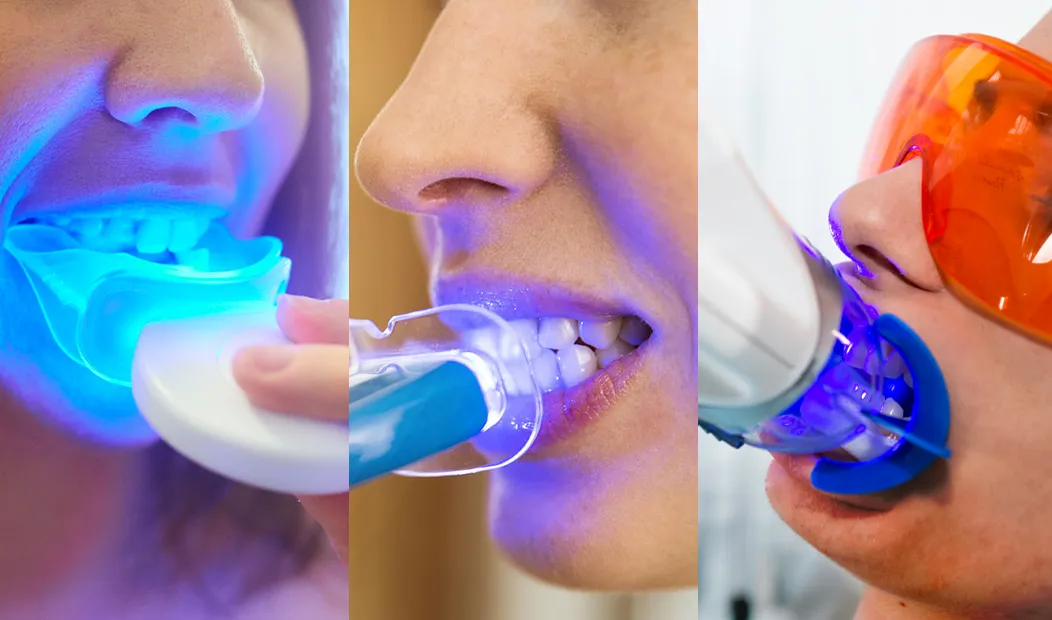
Faster Results
One of the most significant benefits is the speed at which it delivers results. Light-activated treatments can often provide noticeable whitening in a single session, making it an ideal choice for those seeking quick improvements in their smile’s appearance. This rapid turnaround is a major advantage over traditional whitening methods, which can take weeks to show visible changes. The ability to achieve a brighter smile in a shorter time frame is a significant motivator for many patients, especially for special events or occasions.
Improved Whitening
Teeth whitening light enhances the overall whitening effect, often providing more dramatic and uniform results. The light helps to break down deeper stains, resulting in a brighter and more consistent appearance across the entire tooth surface. This improved whitening leads to a more confident and attractive smile. The advanced technology ensures a more effective and thorough treatment, producing superior results compared to methods without light enhancement.
Enhanced Stain Removal
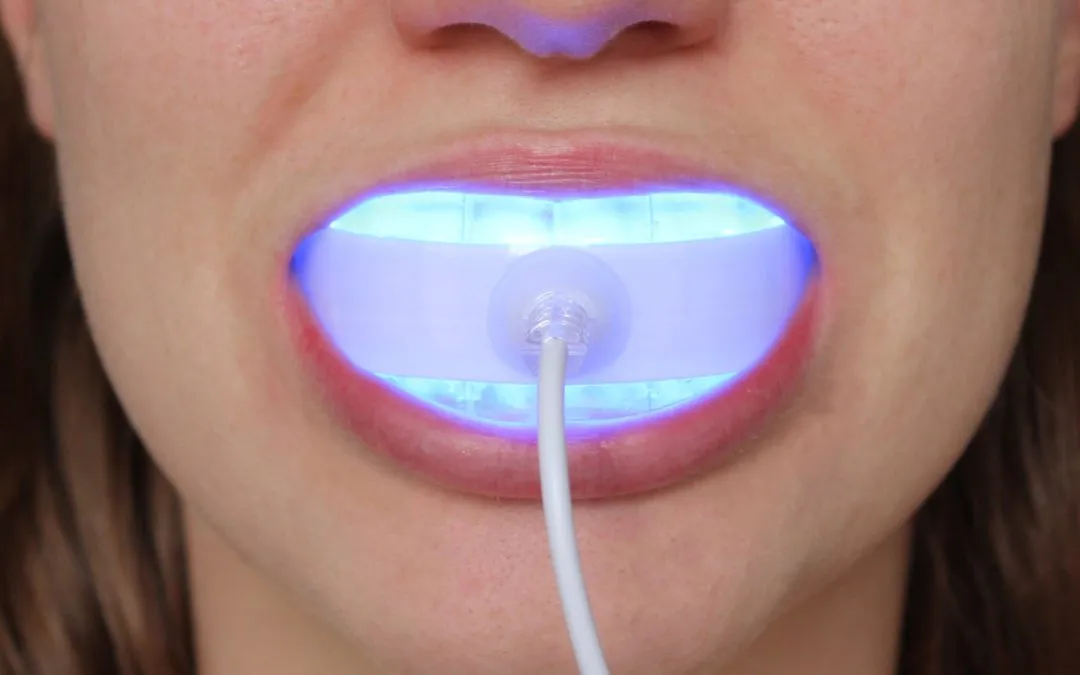
The use of light significantly enhances the removal of stubborn stains. This technology is particularly effective at tackling stains caused by coffee, tea, wine, and tobacco. The light helps to break down and eliminate these stains more efficiently, leading to a cleaner and brighter smile. For those with deeply stained teeth, this enhanced stain removal is a crucial advantage, providing a more comprehensive whitening solution.
Increased Effectiveness
Teeth whitening light increases the effectiveness of the whitening agents, allowing them to penetrate deeper into the enamel and dentin. This deeper penetration targets and eliminates stains that lie beneath the surface, resulting in a more comprehensive whitening effect. The increased effectiveness means that even resistant stains can be addressed. This provides a more effective and efficient treatment for patients seeking dramatic improvements.
Professional Treatment Advantage
Light-activated teeth whitening treatments are typically administered by dental professionals, ensuring a safe and controlled environment. This allows for greater precision, better results, and the ability to address any potential issues or sensitivities. The professional setting also provides access to stronger whitening agents and advanced light technologies, leading to superior outcomes. Patients benefit from expert guidance and personalized treatment plans, maximizing the effectiveness of the whitening process.
Types of Teeth Whitening Light
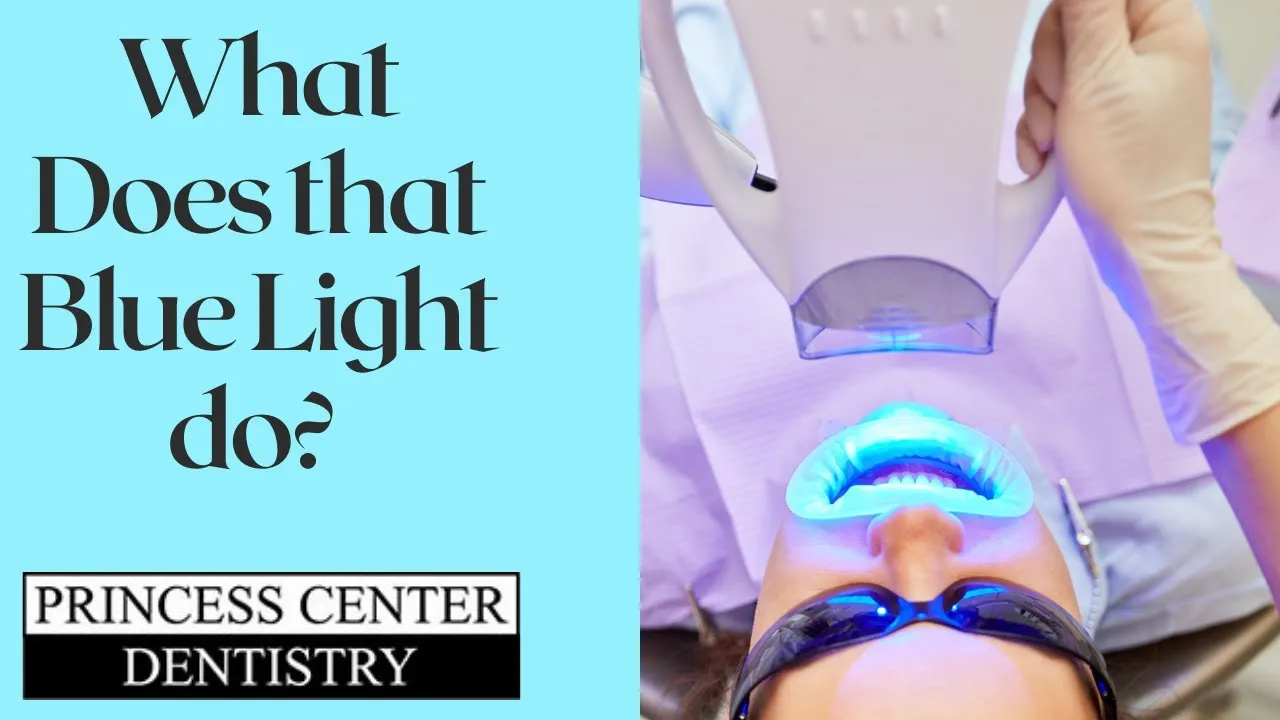
LED Light Systems
LED (Light Emitting Diode) light systems are one of the most common types of light used in teeth whitening. They are known for their efficiency, low heat emission, and safety. LED lights emit a specific wavelength of light that activates the whitening agent without causing excessive heat or discomfort. These systems are often used in both professional and at-home whitening kits, providing effective and gentle treatment options. They are favored for their user-friendly nature and effectiveness in enhancing the whitening process. The technology is widely accessible and suitable for a broad range of patients.
Laser Teeth Whitening
Laser teeth whitening is a more advanced method that uses a laser to activate the whitening agent. Lasers provide a concentrated and powerful light source, which can accelerate the whitening process. This method often results in faster and more dramatic results compared to other light-activated treatments. Laser whitening is typically performed in a dental office by a trained professional, ensuring safe and precise application. While effective, this method may be more expensive and requires careful monitoring to avoid potential risks.
UV Light Systems
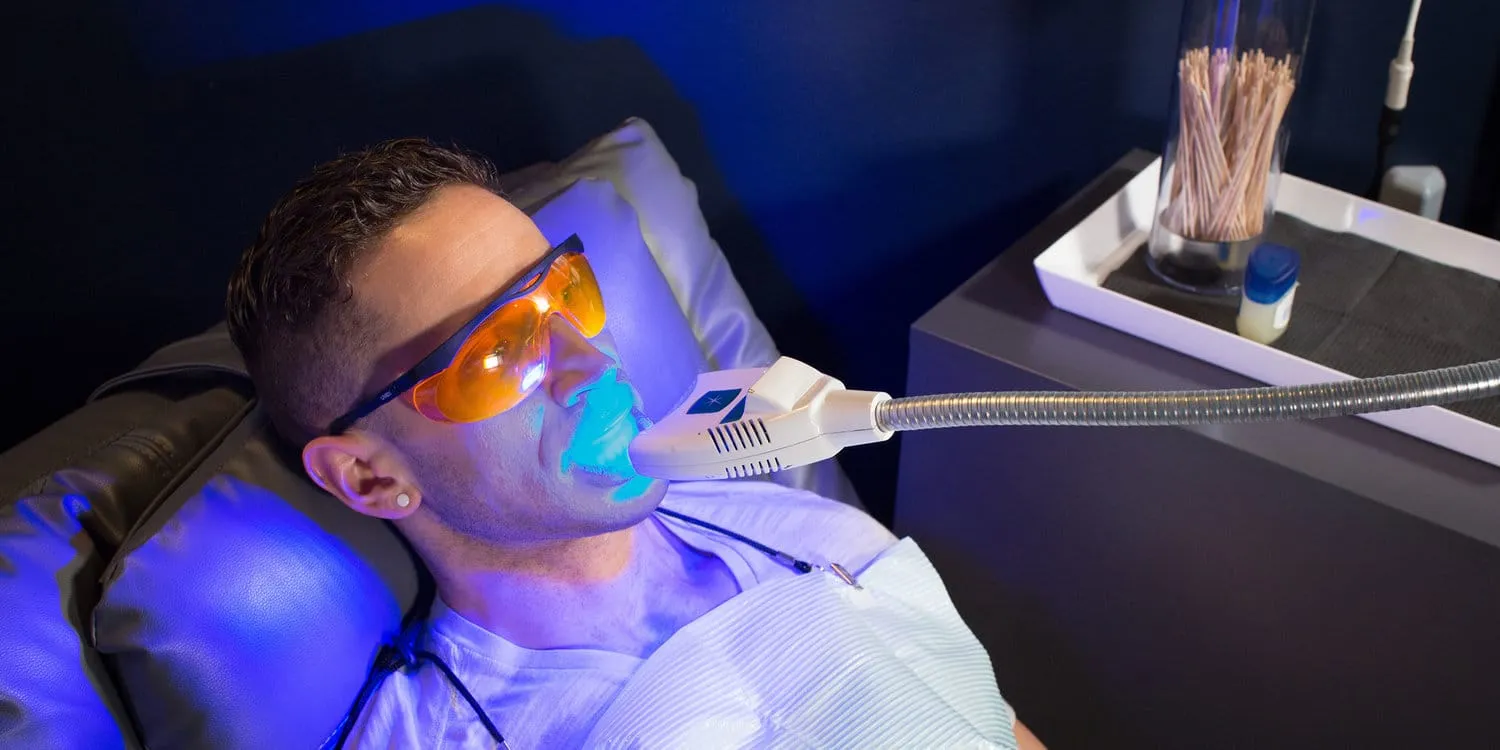
UV (Ultraviolet) light systems are another option for teeth whitening. UV light is known for its strong energy and ability to activate whitening agents effectively. However, these systems require careful use due to the potential for heat generation and the need for protective measures to safeguard the gums and surrounding tissues. Professional-grade UV light systems are often used in dental offices, where trained professionals can ensure safe application. The use of UV light can lead to efficient and fast whitening results but needs to be conducted under controlled conditions to prevent adverse effects.
Safety of Teeth Whitening Light
The safety of teeth whitening light depends on several factors, including the type of light used, the intensity of the light, and the duration of the treatment. In general, LED light systems are considered to be safer due to their lower heat output and reduced risk of sensitivity. Laser and UV light systems, while effective, may pose a higher risk if not used correctly. It’s essential for the treatment to be administered by a trained professional who can monitor the process and ensure patient safety. Proper use of protective measures, such as mouth retractors and gum shields, is crucial to minimize any potential risks.
Potential Risks
Potential risks associated with teeth whitening light include increased tooth sensitivity, gum irritation, and, in rare cases, damage to the tooth enamel. Overuse or improper application of the light can exacerbate these risks. Some individuals may experience temporary discomfort or sensitivity after treatment. It is essential to consult with a dentist to determine if teeth whitening is appropriate and to discuss any potential risks. Adhering to the dentist’s instructions and aftercare recommendations is crucial to minimize any adverse effects.
Professional Supervision

Teeth whitening treatments, especially those involving light, should ideally be performed under the supervision of a dental professional. Dentists can assess the patient’s oral health, determine the suitability of the treatment, and monitor for any adverse reactions. They can also provide personalized guidance on the best whitening approach based on the patient’s needs and oral condition. Professional supervision ensures a safe and effective treatment, minimizing the risk of complications and maximizing the chances of achieving a brighter and healthier smile. The expertise of a dental professional is crucial for optimizing the outcome of teeth whitening.
Aftercare and Maintenance
Aftercare is a crucial part of maintaining the results of teeth whitening. This involves following the dentist’s instructions carefully and adopting certain lifestyle changes. Proper aftercare helps to prevent the recurrence of stains and prolongs the whitening effect. Avoiding staining foods and drinks, such as coffee, tea, red wine, and dark-colored sodas, is essential. Maintaining good oral hygiene, including brushing and flossing regularly, is equally important. Periodic touch-up treatments may be needed to maintain the desired level of whiteness.
Maintaining Your White Smile
To maintain your white smile, it’s essential to follow a good oral hygiene routine, which includes brushing your teeth twice a day with a whitening toothpaste and flossing daily. Regular dental check-ups and professional cleanings are also crucial. Consider using a whitening mouthwash to further enhance and maintain the brightness of your teeth. Avoiding or reducing the consumption of staining foods and drinks will also help. By incorporating these habits into your daily routine, you can enjoy a consistently bright and healthy smile for a longer period.
Avoiding Staining Foods and Drinks
One of the most effective ways to maintain your white smile is by avoiding or limiting the consumption of foods and drinks that can stain your teeth. This includes beverages like coffee, tea, red wine, and dark sodas. Foods such as berries, soy sauce, and tomato-based sauces can also contribute to staining. If you consume these items, it is advisable to brush your teeth afterward or rinse your mouth with water to minimize their impact. Using a straw for staining beverages can also help to reduce direct contact with your teeth. This conscious effort significantly contributes to maintaining the results of your teeth whitening treatment.
Conclusion
Teeth whitening light offers a compelling solution for those seeking a brighter and more confident smile. By accelerating the whitening process and enhancing stain removal, light-activated treatments provide faster and more effective results. Understanding the benefits, types, and safety considerations of teeth whitening light empowers individuals to make informed decisions about their oral health. With the right care, professional guidance, and a commitment to aftercare, you can achieve and maintain a dazzling white smile.
